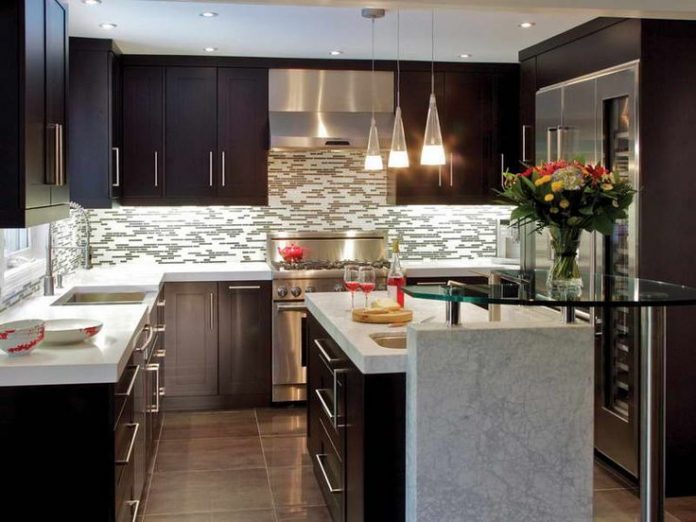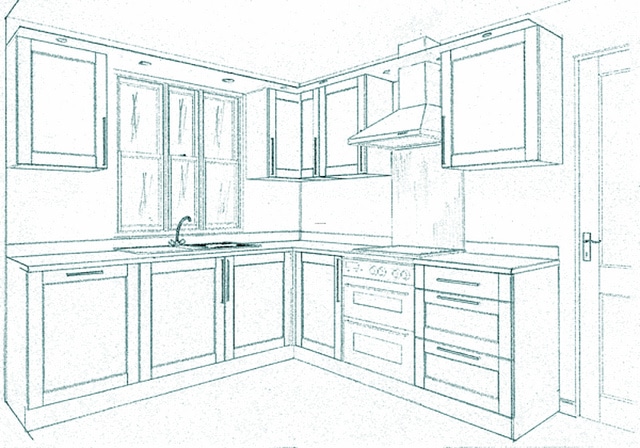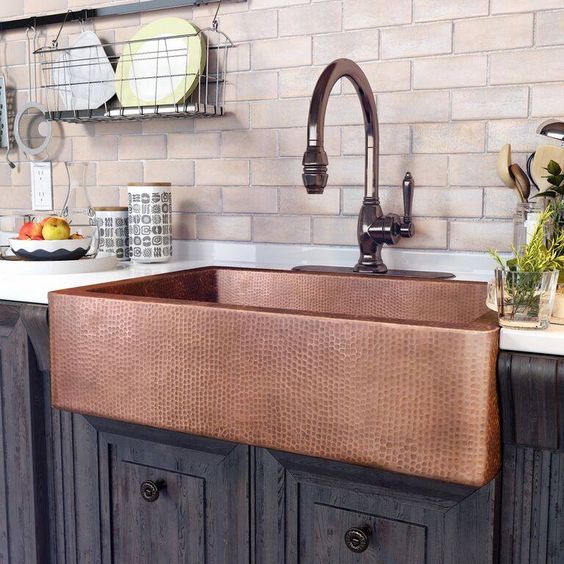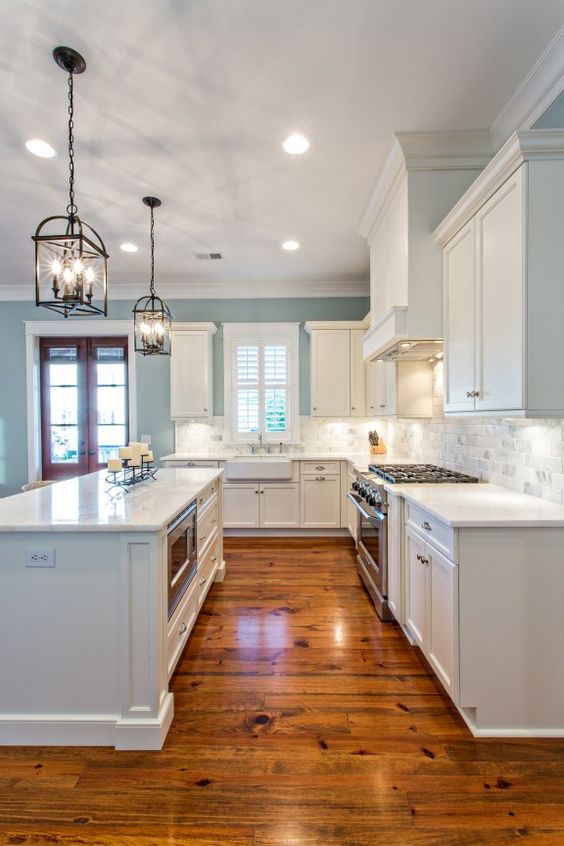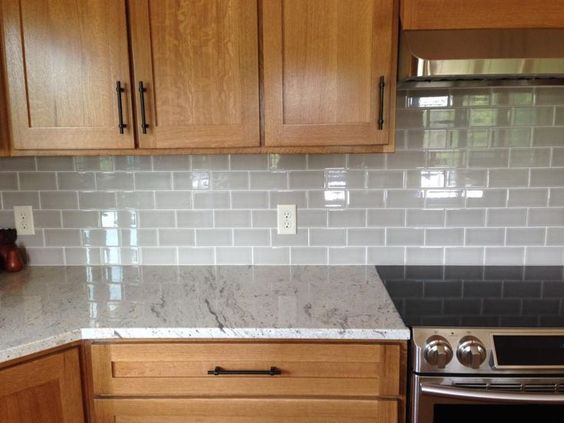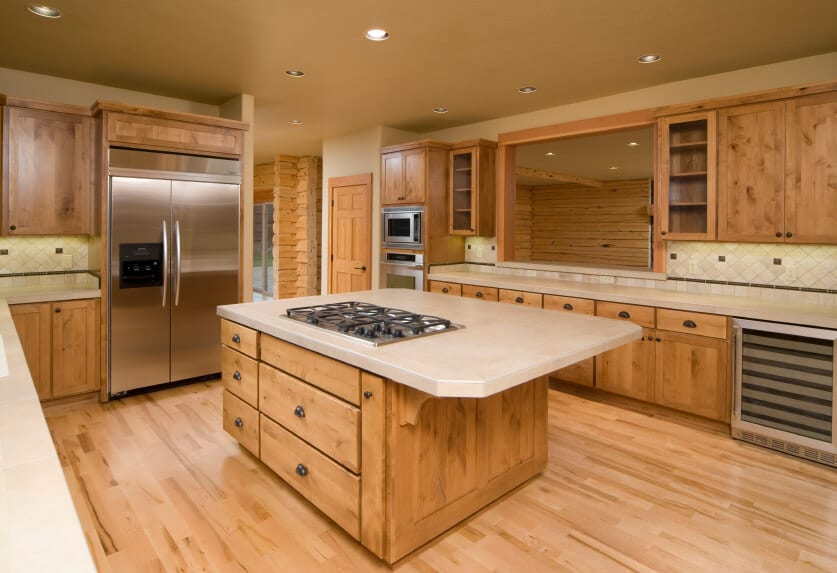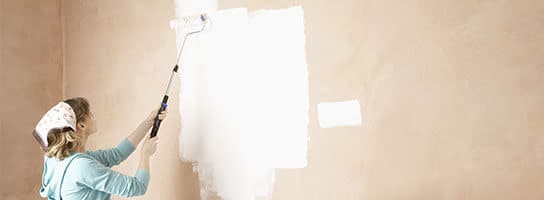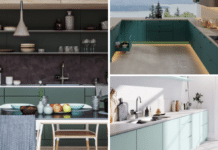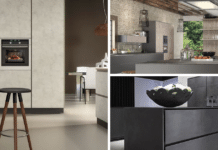Homeowners aren’t given a handbook. ‘What to do when’ during a remodel is completely subjective, really. But after years of evolution, an easier way of handling remodel-related matters has naturally emerged.
For your convenience, here is a proposed breakdown of how and when to choose fixtures and finishes for your kitchen design.
When To Choose Fixtures and Finishes For Your Kitchen Remodel
Contrary to common beliefs, designing a kitchen does not start with picking items like appliances, faucets, lighting, flooring, cabinet finishes, or countertops—well, not for the most part.
They should at least wait until you have a complete space plan if only to reduce headaches. Too many options at once may only distract and confuse. There is no need to make every decision simultaneously.
For example, you may desire a particular oven with a separate component, although it’s not right for your design. Just wait it out.
Don’t commit to anything too early.
You want to be free to choose and change your mind if something comes along that alters your attitude. Don’t be overly enthusiastic, and never be afraid.
You don’t want to make premature purchases, but you don’t want to wait too long. Even if you’re shy, this process is relatively short, and you may never have to revisit it.
Previously, I wrote of an “Idea Book,” a categorized collection of appealing kitchen images you personally assemble.
It is revised quickly to be tight and concise, reflecting what you want for your kitchen.
By showing your contractor this, he better understands what you hope to accomplish. This is a great tool, but the idea book should be put away until all preliminary plans are finished.
During the preliminary phase, you will want to select your appliances and sinks, so you’ll want to record model numbers, manufacturers, and sizes. This is important because the plans need to reflect their size specifications.
Be aware that stainless isn’t your only option for a stylistic consideration. Vintage finishes, various accents, and enameled colors provide options that may establish a certain desired look for your kitchen.
Finishing possibilities are abundant – don’t cheat yourself out of knowing everything that is at your disposal.
Also, at this time, choose the number and type of lighting fixtures you’ll need. The contractor won’t be able to provide estimates until the lighting plans are complete, so it is important that he has all the necessary information.
You may remain uncertain about some light styles if you have determined exactly how many you need.
It may be wise to focus on resolving all lighting tasks before starting on the countertops. Pendant lights could be placed over your island, and a contractor must determine how many corresponding junction boxes will be needed.
Such decisions must be made before permit approvals, but more importantly, while the drywall is still open and preliminary electrical work is easily accommodated.
After that, your designer may recommend a prep sink besides your main one. Now is the time to choose.
Other last-minute decisions should be made now, too. When you reach the final construction documents, you need to be settled with your picks.
You just move ahead, checking things off as you go. Just do it; don’t be apprehensive.
You may also look at the implementation of fixtures and finishes from a different perspective – each piece as a larger whole.
Instead of picking woods, finishes, textures, and colors separately, think of them as an overall canvas on which to be painted, in the artistic mindset of relating it all through layering, textures, and colors.
Soon, a theme will emerge that is pleasing to the eye and – most rewardingly – all your own.
Obviously, it’s easy for someone to say they want a “plain white” kitchen, but it’s never so simple. There are dozens of shades of white to choose from, and when you work with them tastefully, the result will exceed any conservative expectations.
Sure, it’s a matter of simplicity. One could choose a single finish and wood as well. But a world of possibilities emerges when you learn to work with your options within that theme.
For instance, you could implement sections of decorative tile. But doing so tastefully may be a fine line to walk. Scale and proportion must be considered, and your final ruling must be one you can live with.
Tile is an important choice and expensive to change once it’s up. However, if you have done your due diligence through color and pattern studies and comparisons, it’s of little concern. Commence only when you are 100% sure of your choices.
Perhaps one of the biggest challenges you’ll face is matching the floor’s stain color. Whether working with the original floor or an all-new one, you shouldn’t expect a perfect match.
And that’s okay; it’s normal. Stain tests are a common method for getting the shades to match as closely as possible.
But if you’re working with tile or stone flooring, try to pick those materials simultaneously as your cabinets, backsplashes, and countertops. The aesthetic relationship between them all is important.
Done tastefully, your kitchen can appear to be the work of a master designer.
When the kitchen is under construction, old paint is still on the walls, and the floors are covered, it’s not a good time to choose paint. It’s difficult to gauge an actual depiction. When you look at paint swatches, your walls should be primed white.
You can pick the colors next to all of the materials and get a sense of how they work with the floor as well.
The selection of furniture for an eat-in kitchen is an equally important task of the design process. Bar stools, tables, and chairs must be carefully selected to match the established décor.
You may consider vintage pieces and decorative items such as artwork or decorative plate racks. It’s exciting work; see what inspires you.
You’ll never know where a preliminary selection can lead. Still, when handled with care, the best results almost always fall into place naturally, creating a kitchen that is, in essence, a visual representation of your artistic process.

